The delegation included leaders of the Departments of Culture, Sports and Tourism; Finance; Ethnicity and Religion; Agriculture and Environment; leaders of the Provincial Tourism Association and leaders of the People's Committee of Pleiku Ward and Bien Ho Commune.
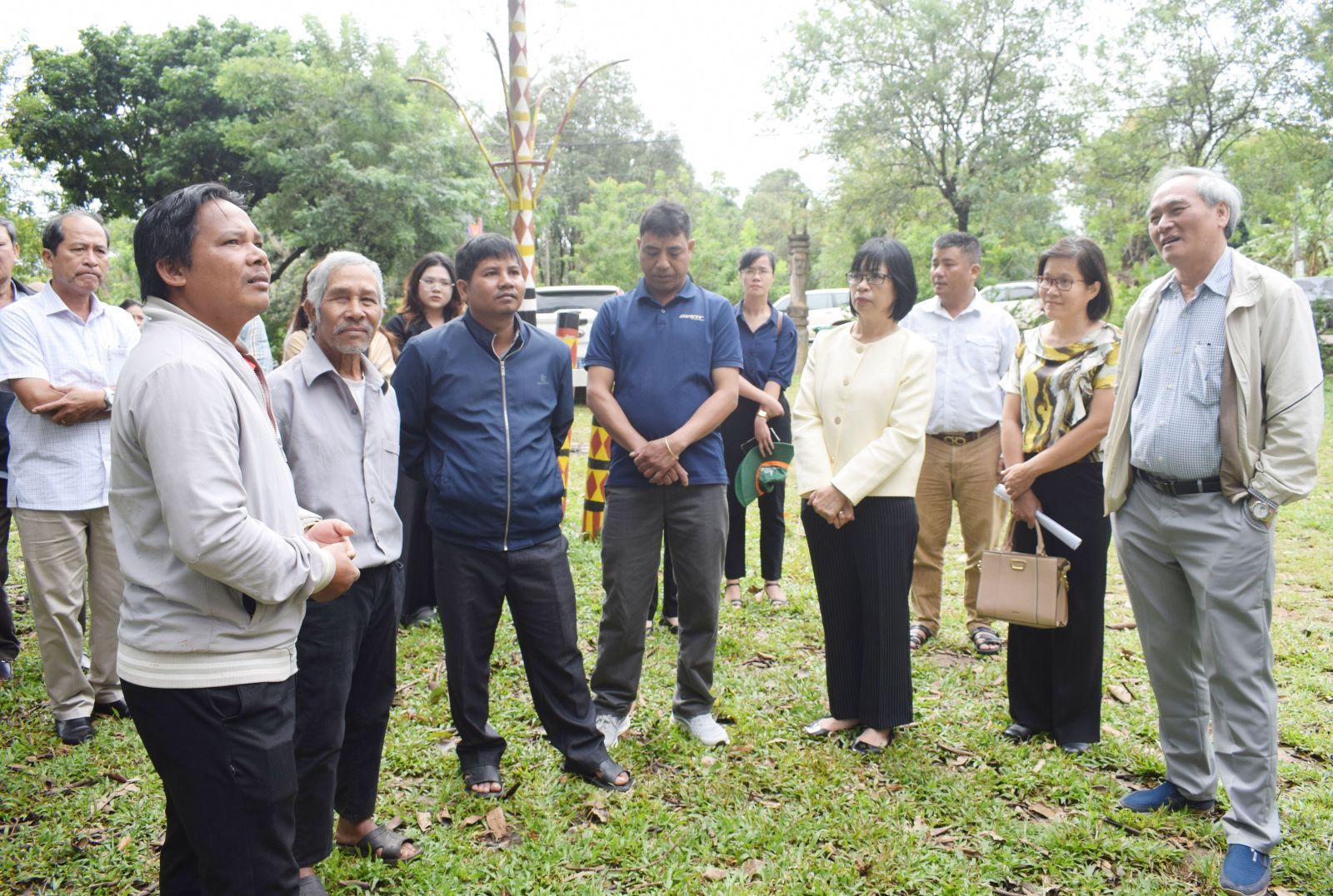
Vice Chairwoman of the Provincial People's Committee Nguyen Thi Thanh Lich (third from right) and the working delegation conducted a field survey at Op village, Pleiku ward.
Op Village is located in the heart of Pleiku city, conveniently welcoming domestic and international tourists , especially groups who want to explore the local cultural features. Plei Op still preserves the original traditional communal house of the Jrai people, along with gongs, xoang dances, wooden statues and many handicrafts such as carving, weaving, and knitting - factors that create an important foundation for developing experiential cultural tourism.
The village's exhibition space includes the communal house yard, the wooden statue display area and the festival yard, forming a cultural infrastructure system serving performance activities and introducing traditional values.
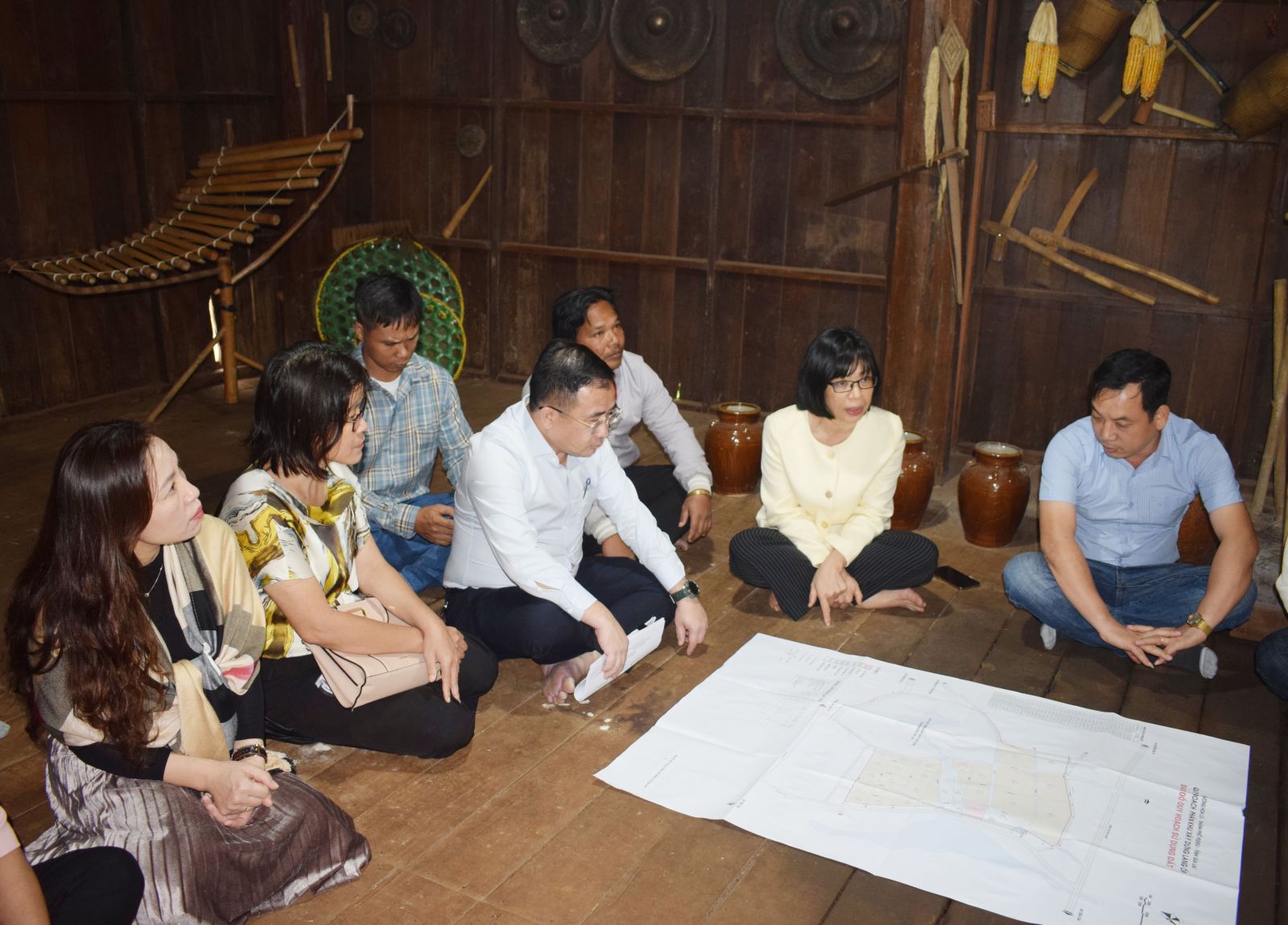
Vice Chairwoman of the Provincial People's Committee Nguyen Thi Thanh Lich listened to the leader of Pleiku ward report on the planning work for community tourism development in Op village in the coming time.
The tomb statue garden in the communal house area currently has 56 statues, including 13 concrete statues, 7 wooden statues that are still usable and 36 wooden statues that have rotted. In the village, there are currently 03 food service businesses, serving traditional dishes of the Jrai people; 01 homestay modeled after the Jrai stilt house; and 01 gong and xoang dance team that regularly practices. The village's artisan team has served tourists with traditional gong songs, combined with culinary experiences with sticky rice, grilled chicken and typical dishes of the Jrai people.
However, tourism activities in Plei Op are still mainly event-based or receive groups by appointment, and have not yet formed a regular program of activities. The exhibition space inside the communal house is limited in artifacts, not meeting the cultural needs of tourists. The village currently operates under a self-governing community model, in which the village chief and the gong team play a core role in cultural and tourism activities. To date, Plei Op still does not have a community tourism management board or cooperative organization to operate services in a professional and unified manner.
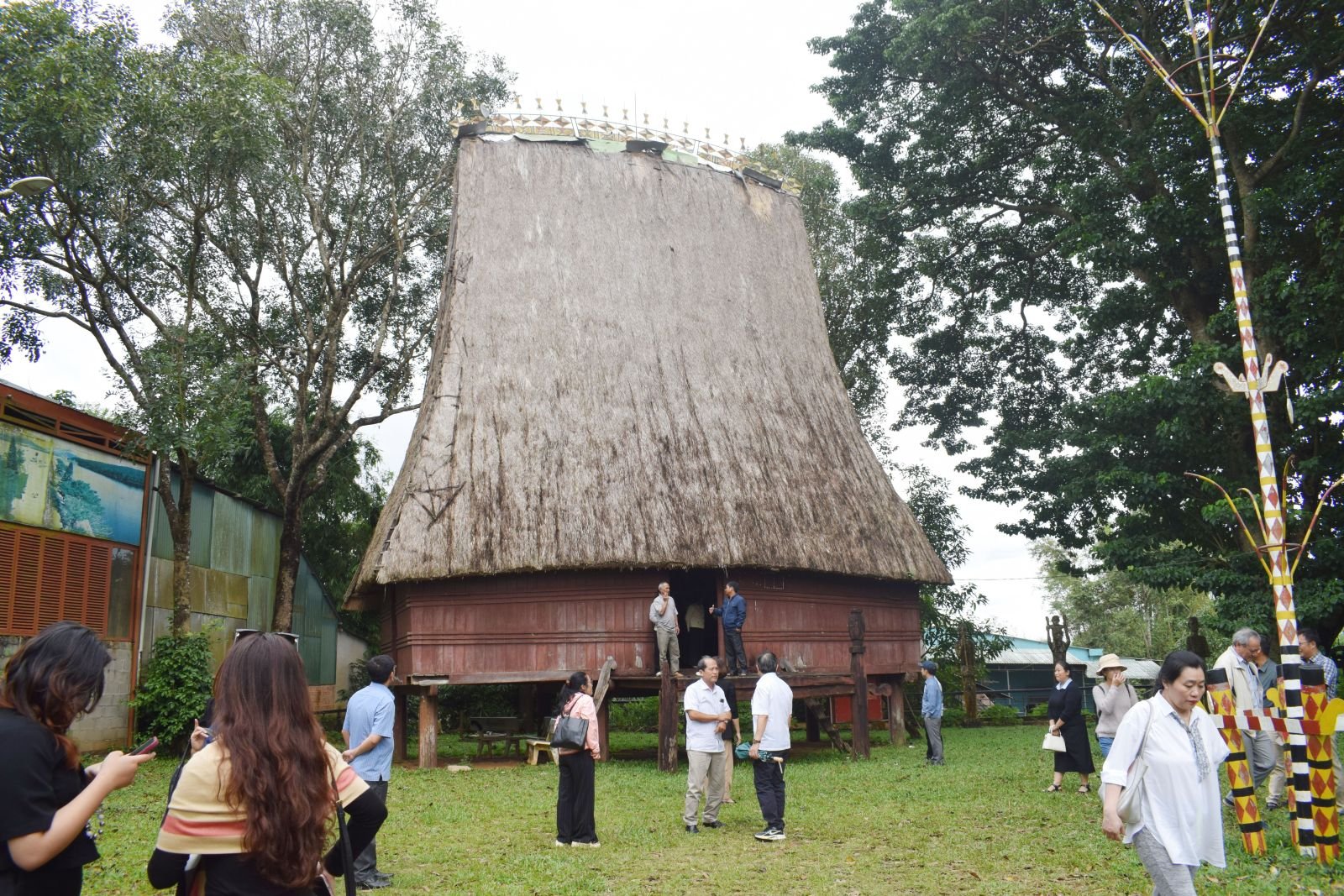
Original traditional Jrai communal house in Op village
After a field survey, Vice Chairwoman of the Provincial People's Committee Nguyen Thi Thanh Lich acknowledged the efforts of the local government and people in preserving the communal house, cultural space, traditional crafts and landscape of Op village. The Vice Chairwoman of the Provincial People's Committee said that Op village possesses rich cultural assets, has its own story and many favorable conditions to attract tourists.
Vice Chairwoman of the Provincial People's Committee Nguyen Thi Thanh Lich said that the province will support the ward in renovating the campus and communal house, and at the same time request the Pleiku Ward People's Committee to develop a funding proposal to complete the infrastructure. The Vice Chairwoman of the Provincial People's Committee emphasized: The soul of community tourism lies in the local people, so it is necessary to promote training in tourism skills for the community, develop and diversify typical tourism products, and at the same time build a suitable infrastructure system to meet the increasingly diverse needs of tourists.
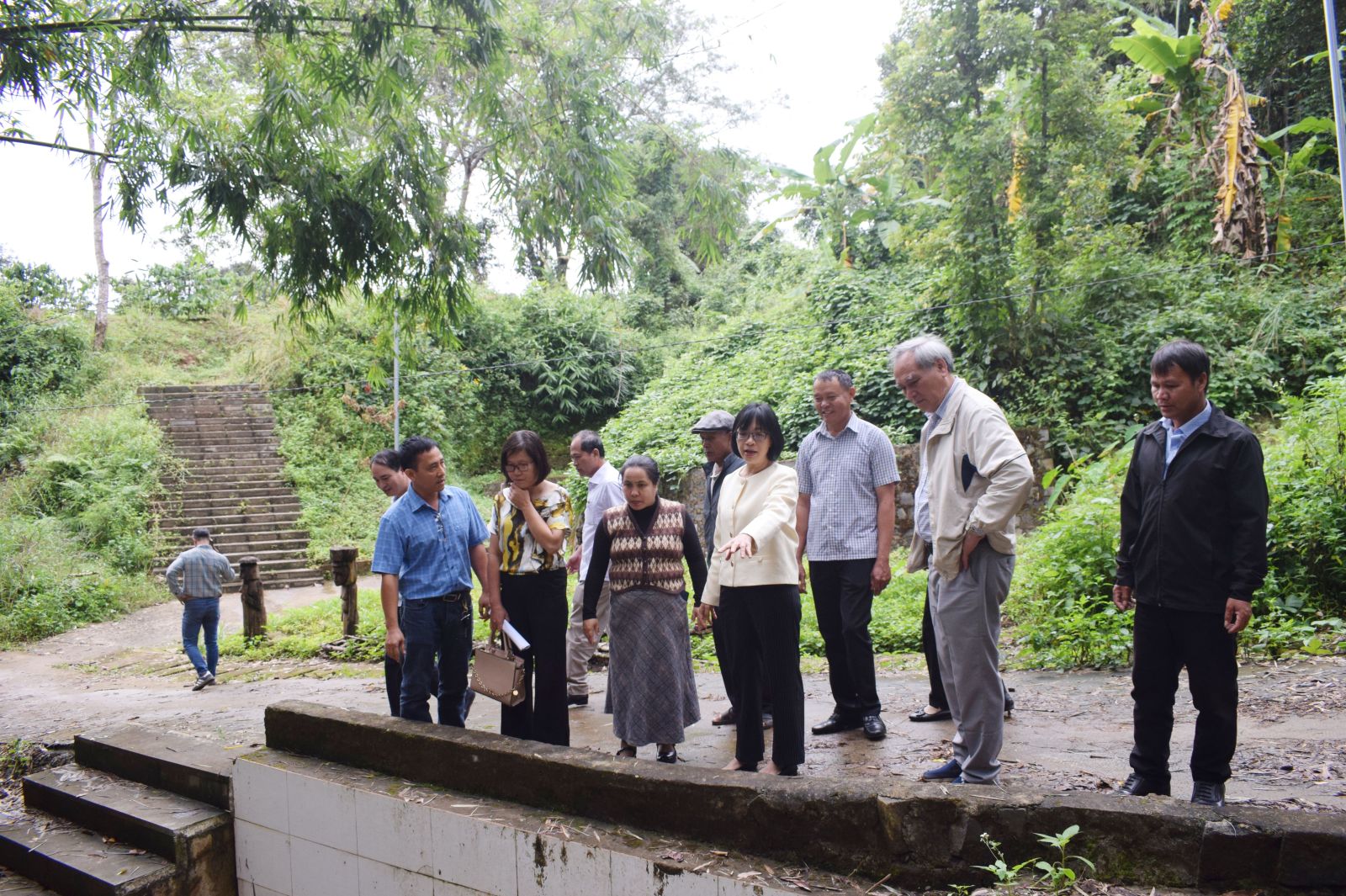
Vice Chairwoman of the Provincial People's Committee Nguyen Thi Thanh Lich and the working delegation conducted a field survey at the Water Drop area, Ia Nueng village.
For Ia Nueng village, the community is located in the ecological space of Bien Ho commune - an area with a large lake and cool climate, very favorable for developing eco-tourism, resorts and community experiences. Ia Nueng has a Jrai population of up to 96.89%, so it still preserves many customs and traditional occupations such as weaving and brocade weaving. The village also has a community house, a gong team and is located near the center of Pleiku.
With the advantage of being located near famous tourist attractions such as Bien Ho Lake, tea hills, pine forests, Ia Nueng village is easily connected in concentrated tours, rich in content and highly exploited, such as the route: Bien Ho Lake - Ia Nueng Village - Chu Dang Ya - Buu Minh Pagoda - Hundred-year-old pine trees.
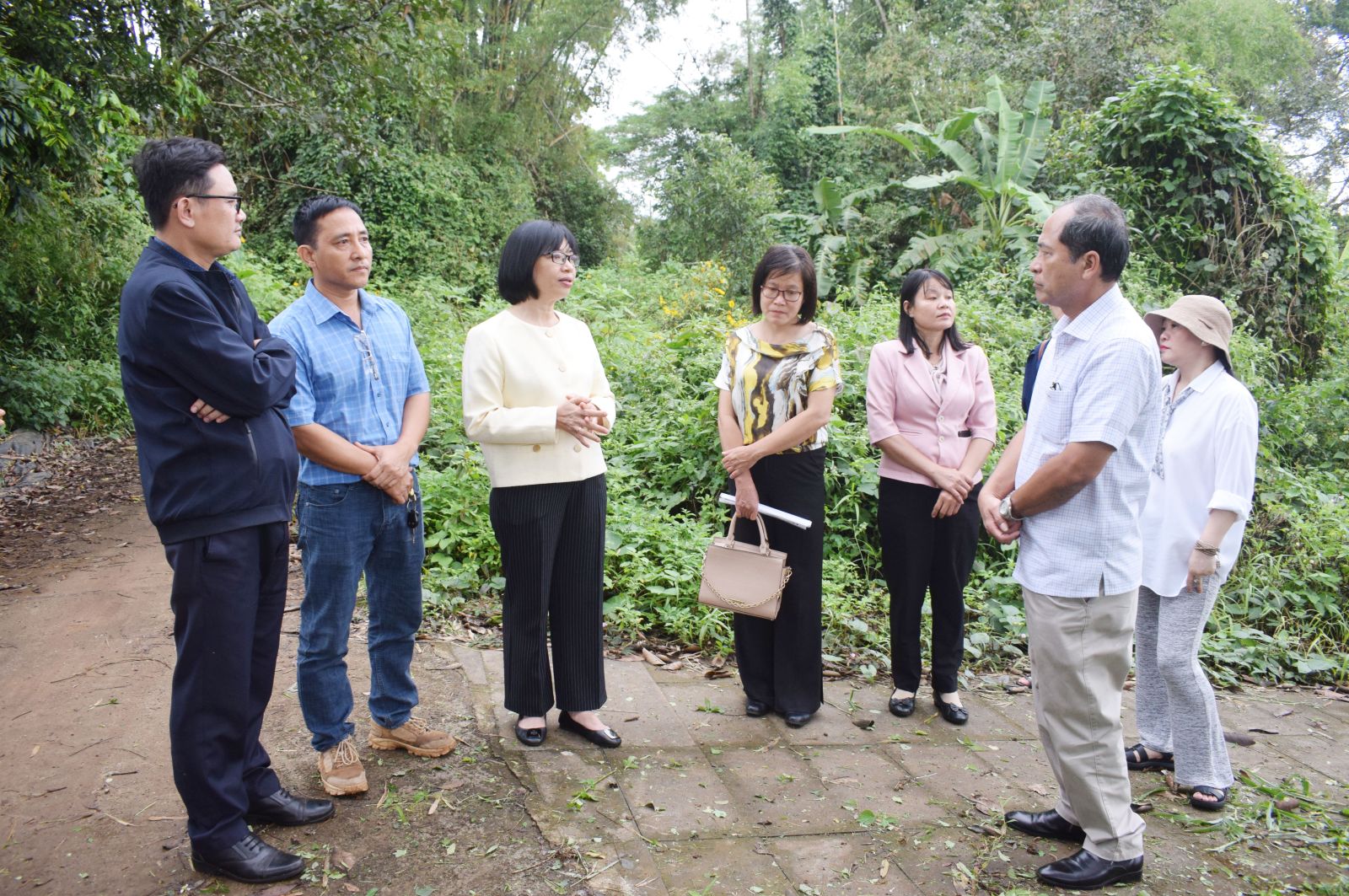
Vice Chairwoman of the Provincial People's Committee Nguyen Thi Thanh Lich and the working delegation conducted a field survey at the Tomb House area, Ia Nueng village.
Currently, tourism activities in Ia Nueng village are organized according to the self-governing community model, with the support of Bien Ho Commune People's Committee. Cultural and tourism products associated with traditional crafts such as brocade weaving, basketry, wood carving and typical cuisine (sticky rice, grilled chicken, bitter eggplant, etc.) have been introduced to serve tourists.
However, the tourism infrastructure is still basic and not yet synchronized; some works such as community houses have been maintained but still lack services to meet the needs of visitors. Tourism products are still simple, mainly village visits and cultural experiences, there are no long-term tours. Tourism activities also depend heavily on spontaneous tourist groups, there is no information page introducing community tourism and there is no close connection with tourism businesses.

Vice Chairwoman of the Provincial People's Committee Nguyen Thi Thanh Lich and the working delegation conducted a field survey at the Banyan Tree area, Ia Nueng village.
Concluding the survey of Ia Nueng village, Vice Chairwoman of the Provincial People's Committee Nguyen Thi Thanh Lich affirmed that this is a typical destination, possessing many potentials and advantages for developing community tourism. The Vice Chairwoman of the Provincial People's Committee said that in 2026, Gia Lai province will host the National Tourism Year, so the locality needs to review and pay special attention to the connection factor between tourist destinations: Bien Ho Nuoc - Bien Ho Che - Ngo Son Fields - Chu Dang Ya - H'Bau Ancient Church - Ia Nueng Village. Along with that, the locality needs to have policies to support the tourism workforce and improve the landscape of the village roads.
The Vice Chairman of the Provincial People's Committee also noted the repair of the village's water drop; at the same time, he requested the Department of Culture, Sports and Tourism to coordinate with the Department of Agriculture and Environment to soon complete the dossier to request recognition of the heritage banyan tree.
This survey of community tourism villages is considered an important step for Gia Lai to realize the goal of exploiting indigenous cultural values, making community tourism a sustainable development direction. The Vice Chairman of the Provincial People's Committee expressed his belief that, with the consensus of the government and people, Plei Op and Ia Nueng will become attractive destinations for domestic and international tourists./.
Source: https://gialai.gov.vn/tin-tuc/hoat-dong-cua-lanh-dao/pho-chu-tich-ubnd-tinh-nguyen-thi-thanh-lich-khao-sat-lang-du-lich-cong-dong-plei-op-lang-ia-nueng.html




![[Photo] General Secretary To Lam and National Assembly Chairman Tran Thanh Man attend the 80th Anniversary of the Traditional Day of the Vietnamese Inspection Sector](https://vphoto.vietnam.vn/thumb/1200x675/vietnam/resource/IMAGE/2025/11/17/1763356362984_a2-bnd-7940-3561-jpg.webp)



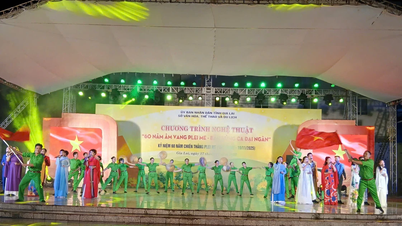

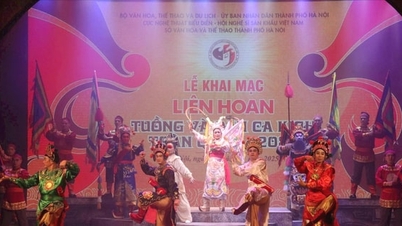












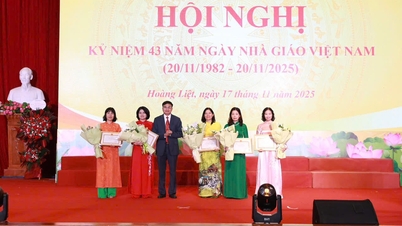
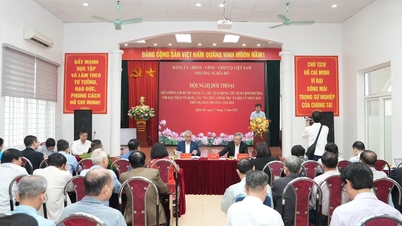

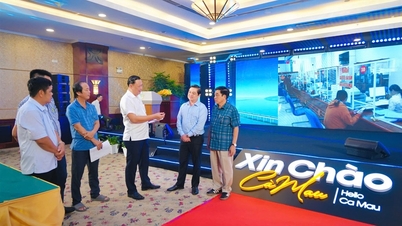
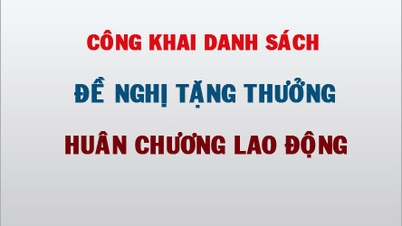















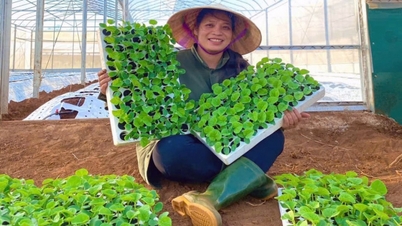




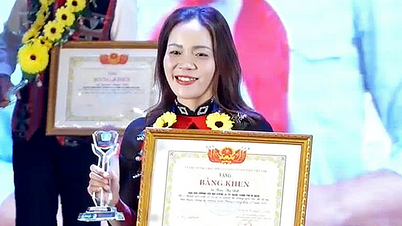
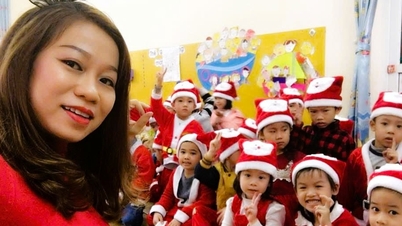




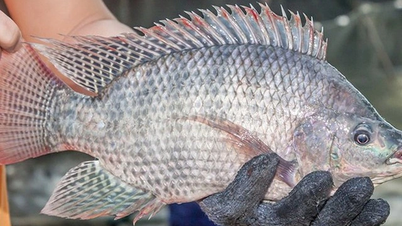














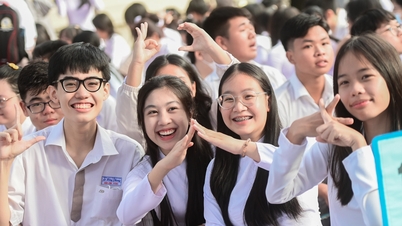





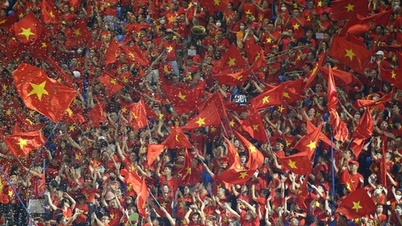








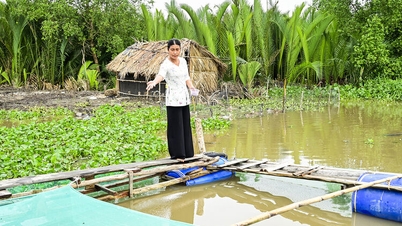
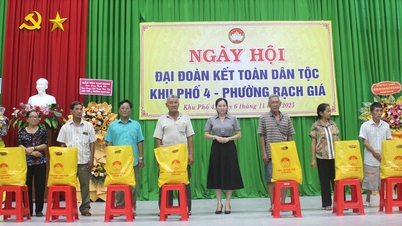
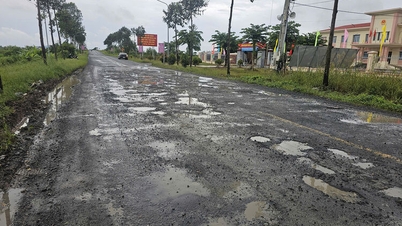
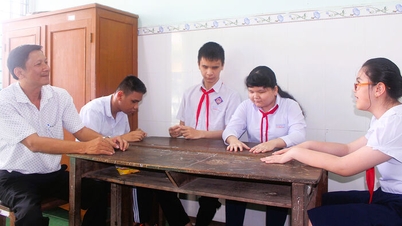














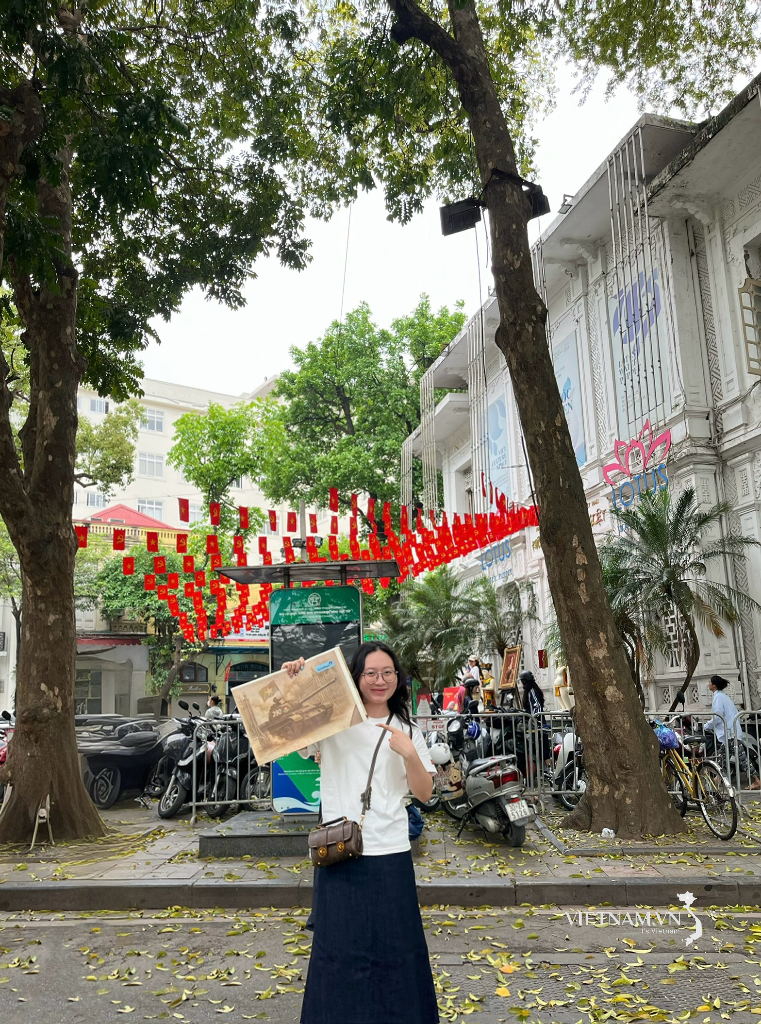
Comment (0)